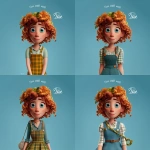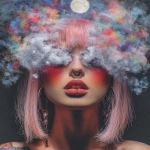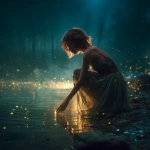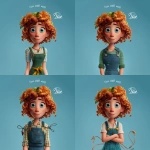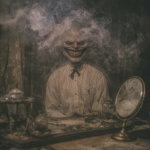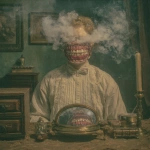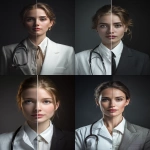Explore the Best AI Image Gallery
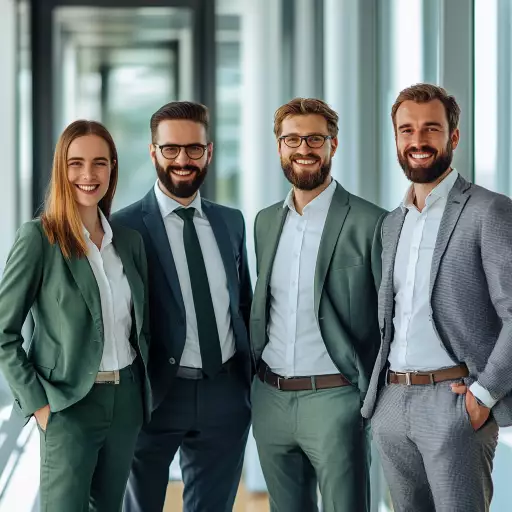
Pixels and Patterns: AI-Generated Images Reshaping the Art World
The art world is undergoing a seismic shift. No longer confined to paintbrushes and canvases, creativity now flows through algorithms and lines of code. AI-generated images are emerging as a powerful force, challenging traditional notions of artistic expression and redefining the very landscape of the creative industry.
These digital masterpieces, born from complex neural networks trained on vast datasets of images, possess a unique ability to generate stunningly realistic visuals, abstract concepts, and even personalized artwork. But this technological revolution isnt without its complexities. It raises profound questions about authorship, originality, and the very essence of art itself.
The Creative Canvas Unleashed
One of the most compelling aspects of AI-generated images is their versatility. Artists are leveraging these tools to explore new creative frontiers, pushing the boundaries of imagination and technical prowess. From generating intricate patterns and textures to crafting photorealistic landscapes and surreal dreamscapes, AI offers a playground for boundless experimentation.
- Concept Visualization: AI can help artists bring their abstract ideas to life, translating intangible concepts into visual representations that aid in communication and design.
- Rapid Prototyping: In fields like graphic design and product development, AI can quickly generate multiple variations of a design, allowing for rapid iteration and refinement.
- Personalized Art: Imagine receiving a unique artwork tailored to your preferences, generated by an AI based on your style choices and desired themes. This level of personalization opens up exciting possibilities for individual expression.
Navigating the Ethical Labyrinth
As with any powerful technology, AI-generated images raise ethical concerns that demand careful consideration:
- Authorship and Ownership: Who owns the copyright to an artwork created by an AI? Is it the programmer who developed the algorithm, the user who provides the input, or the AI itself?
- Bias and Representation: AI algorithms are trained on existing datasets, which can perpetuate societal biases and stereotypes. Its crucial to ensure that these systems are developed and used responsibly to avoid reinforcing harmful representations.
- Misinformation and Deepfakes: The ability to generate hyperrealistic images raises concerns about the potential for misuse, such as creating convincing fake news or manipulating public perception.
The Future of Art: A Collaborative Canvas
Despite the challenges, AI-generated images hold immense promise for the future of art. Rather than replacing human creativity, they offer a powerful tool to augment and enhance it. Imagine a collaborative landscape where artists and AI work together, leveraging each others strengths to create truly innovative and groundbreaking works.
This evolution will likely involve:
- More Intuitive AI Tools: Development of user-friendly interfaces that empower both novice and experienced artists to harness the power of AI creatively.
- Emphasis on Artistic Control: Giving artists greater control over the creative process, allowing them to guide and refine AI-generated outputs to align with their artistic vision.
- Cross-Disciplinary Collaboration: AI in art will increasingly intersect with other fields, such as music, literature, and even scientific research, leading to exciting new forms of expression and innovation.
The journey into the world of AI-generated images is just beginning. As we navigate this uncharted territory, its essential to engage in thoughtful discussions about its implications for the creative industry, society, and the very definition of art itself.
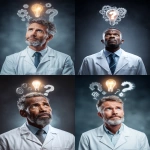
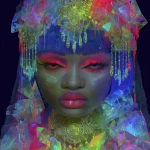
](https://images.ai-img.art/thumbnails/150/e6a179db327f0374ec327d0fdab48ac1f2dc47123eed103b0a41ed346280d07d.webp)
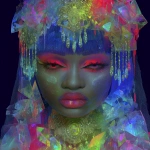
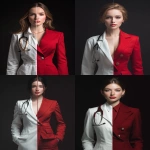
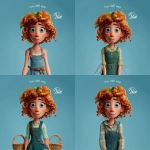
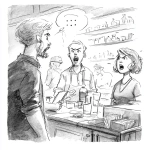
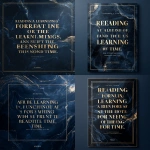
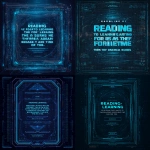

](https://images.ai-img.art/thumbnails/150/655229c40961cb7ff5abd4b4190e02c94ea1a961106e7547a562649c945268be.webp)
](https://images.ai-img.art/thumbnails/150/60973df1d727dbbf8e6922b7e4836814ab6012106eb9dcfe99aea7aec15f3710.webp)

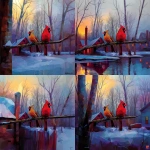
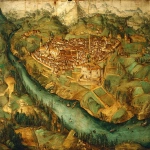
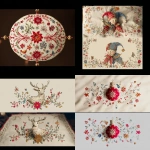

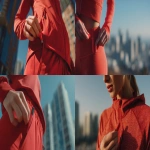
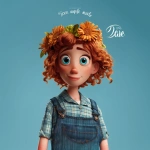
](https://images.ai-img.art/thumbnails/150/6c909fd6d38caac6572b592dd97831deb7d6562bba142798574677582676dfc1.webp)
](https://images.ai-img.art/thumbnails/150/26c16e4f635deee86633de398088ca98d9bb748d6e7601436b07e882fab236cb.webp)

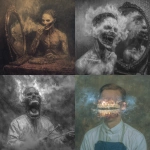
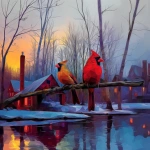

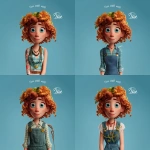
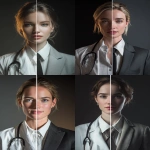
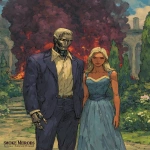
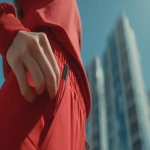

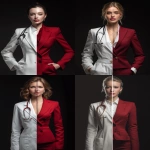
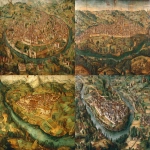

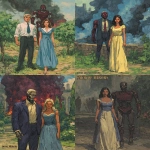
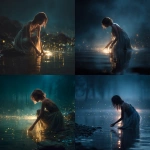

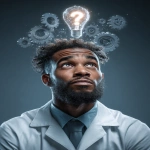

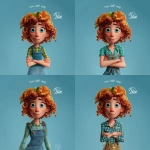
](https://images.ai-img.art/thumbnails/150/184b4b030e30be0a6d51b544226cb4cf2271977814d935d3aaa2b7529355b3b7.webp)
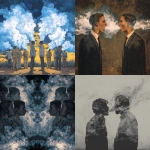
](https://images.ai-img.art/thumbnails/150/1202074d0d60b08b64d0f91f36468608aaac200a02b721cc8e6d8ec8a908432c.webp)

